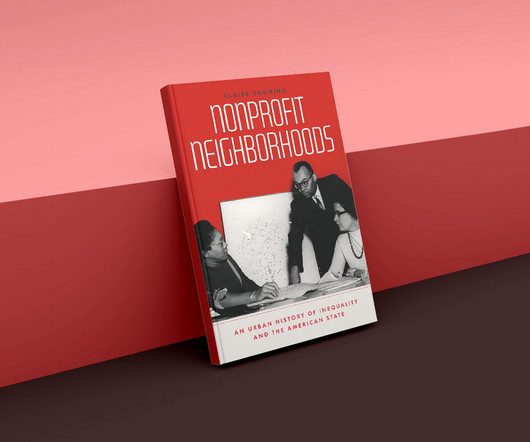Impact investing: Catalyzing systemic change
Candid
FEBRUARY 12, 2024
According to Fidelity Charitable , it’s “the act of purposefully making investments that help achieve certain social and environmental benefits while generating financial returns.” The Heron Foundation , for example, works with mission-aligned, poverty-oriented investment managers to grow its assets. What is impact investing?





















Let's personalize your content